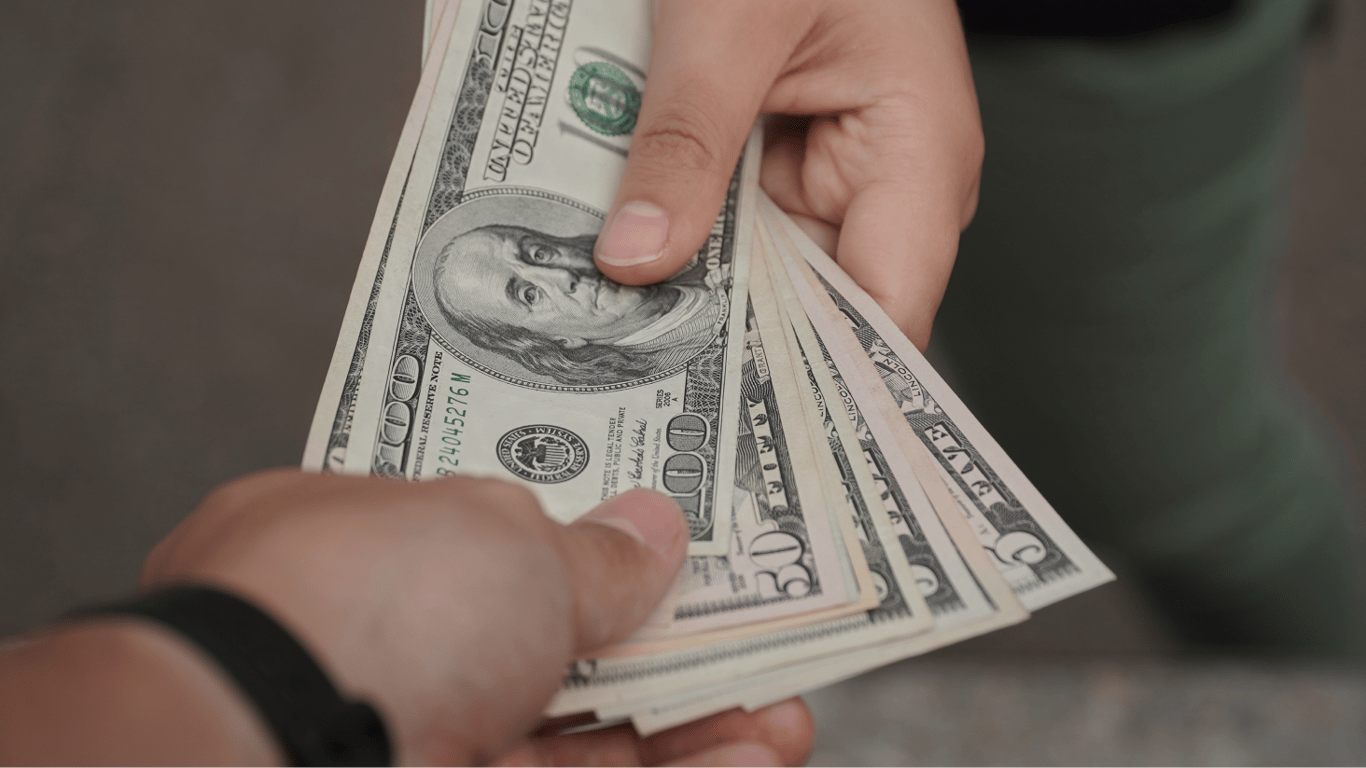What is p2p and pay2pay transfer.

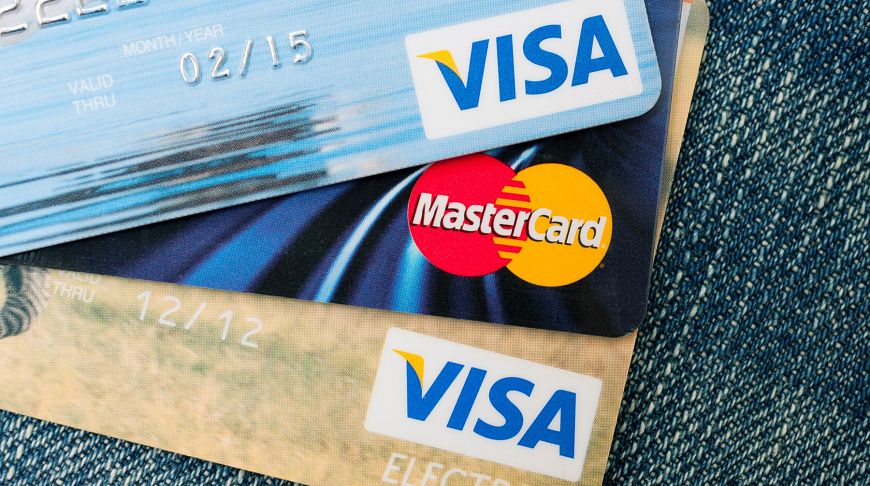
International and bank transfers have long become a familiar and effective tool. For example, P2P and Pay2Pay transfers. But first, it is worth understanding what a p2p transfer is. The topic seems complex, but it can be explained in simple words.
When figuring out what pay2pay is, it is worth mentioning the pros and cons of such transfers. It should also be mentioned what the difference between P2P and Pay2Pay is.
What is a p2p transfer?
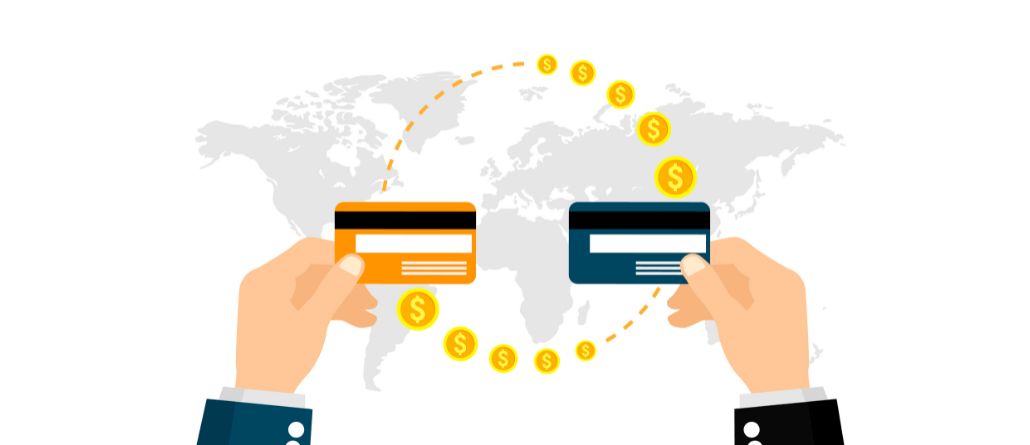
Money transfers have long become useful tools for individuals and companies. Among them, P2P and Pay2Pay transfers stand out, which are becoming increasingly popular due to their convenience and accessibility. Such a transfer has many advantages.
Let's start with what p2p is. P2P (from English "peer-to-peer") is a system of money transfers that allows users to send money directly to each other without involving banks or other financial intermediaries. This system is quite convenient.
It is worth mentioning right away what a r2r transfer is and where its roots come from: this approach to transactions has its roots in cryptocurrency technologies and distributed networks, but today it is also used in traditional finance. That is, it all started with crypto, and then the system began to be used for other transfers.
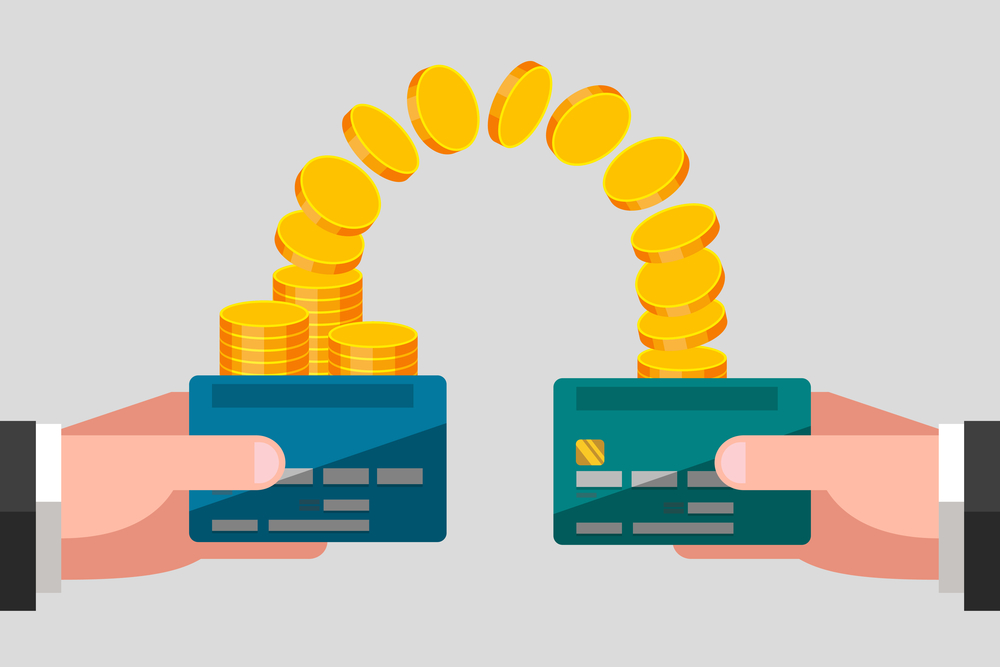
The main idea of P2P is that funds move from one user to another without the need to involve a third party. This can happen through mobile applications or online platforms that connect senders and recipients.
Pros and cons of such transfers
Like any system, such transfers have their advantages and disadvantages. However, this system is quite progressive and effective.
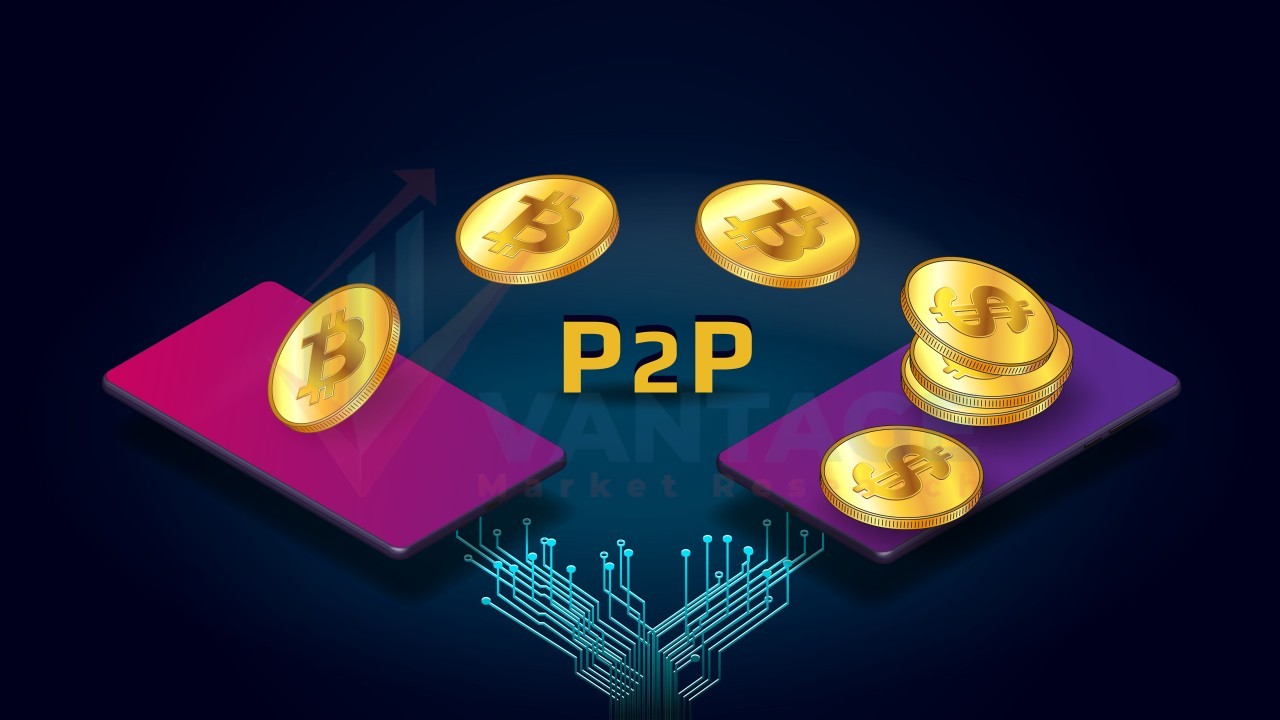
Advantages of P2P transfers:
-
Users can transfer money at any Time from anywhere in the world.
-
Due to the absence of intermediaries, such transfers often cost less than traditional bank transfers.
-
In most cases, the money arrives in the recipient's account within minutes.
For the sake of fairness, it is worth mentioning the disadvantages of such transfers:
-
When using unknown platforms or apps, there is a risk of data leakage or fraud.
-
Some platforms may set limits on the amount of transfers.
-
Difficulties with canceling transactions. In case of an error, getting the money back may be more complicated than through a bank.
Overall, the advantages of such transfers are quite significant, which is why the system is so popular.
Pay2Pay transfers: what is it?
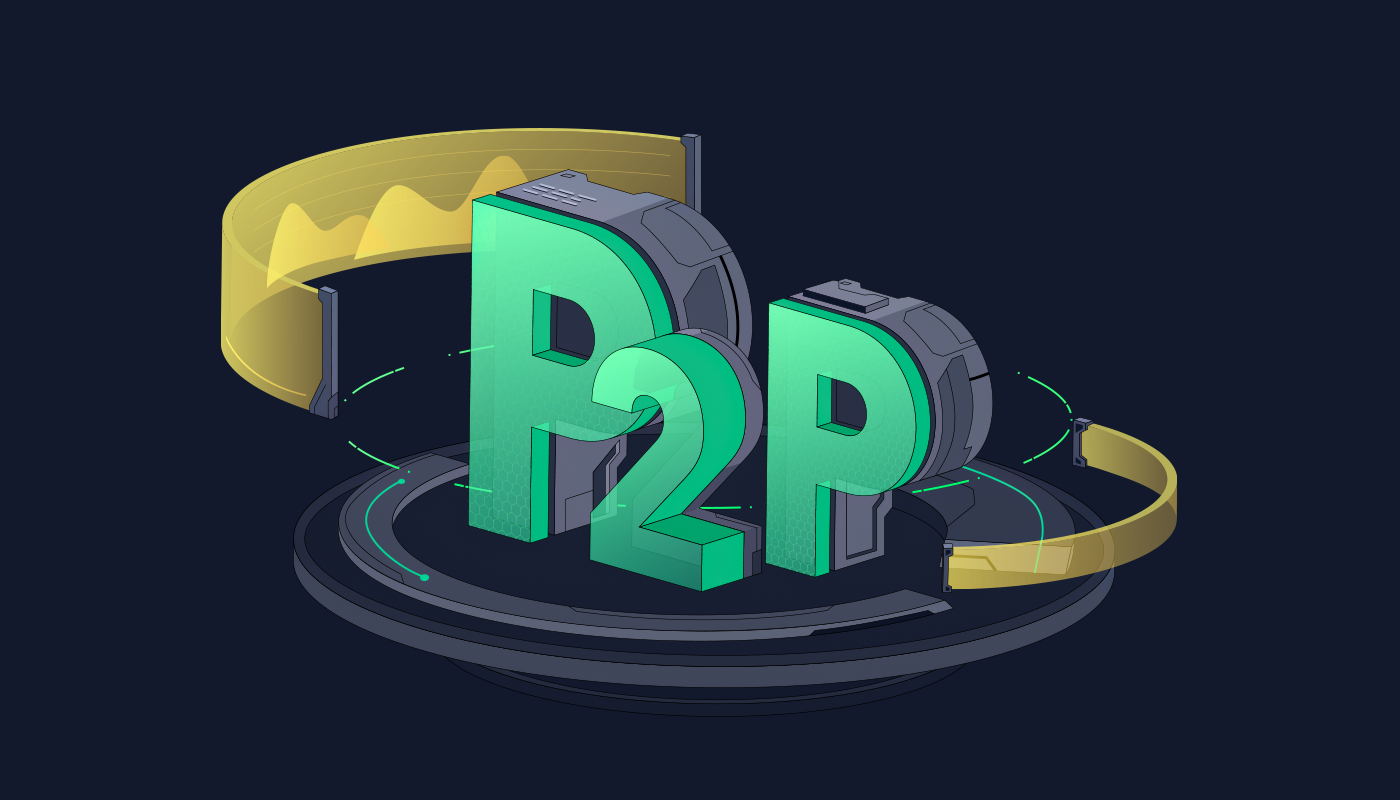
Pay2Pay is a concept similar to P2P, but with several distinctions. It also involves direct transfers between users; however, it is most often used in the context of online stores and services. The principle of operation is similar, but such operations are used in different contexts (in different situations).
Unlike P2P, where the main focus is on transfers between individuals, Pay2Pay transfers can be used to pay for goods and services. Therefore, this is a very important function for businesses.
Many large internet platforms offer Pay2Pay as a method of payment between customers and sellers, making this method convenient for both businesses and individuals.
Advantages and disadvantages of such transfers
Such transfers are used quite frequently. Here are their main advantages:
-
Convenience for online purchases. Users can easily pay for goods and services directly without having to enter banking details.
-
Quick processing of transactions. Funds are immediately credited to the seller's account, which speeds up the purchasing process.
-
Transparency. All transaction details are recorded, reducing the risk of disputes.
At the same time, such transfers also have their downsides. Here is what is meant:
-
Unlike P2P, Pay2Pay transfers may include additional fees for payment processing.
-
Limited options for returns. In the event of a purchase return, getting the funds back may be more complicated.
-
Dependency on the platform. Users are bound to the terms and policies of a specific service.
Still, many online stores use standard payment methods precisely because of such disadvantages.
Key differences between P2P and Pay2Pay transfers
Despite similarities in name and principle of operation, P2P and Pay2Pay transfers have several key differences. P2P transfers are most often used for sending money between individuals, while Pay2Pay is used for paying for goods and services.
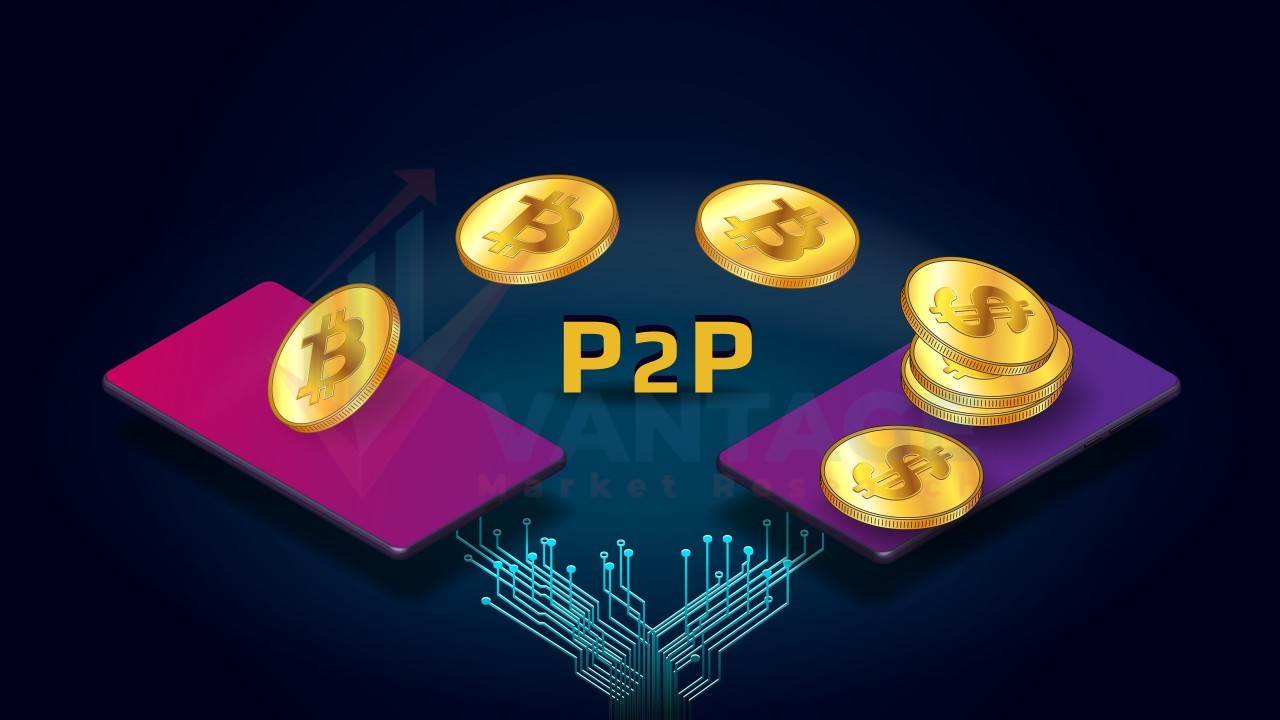
Also, in P2P transactions, third parties rarely participate, while Pay2Pay often implies the use of intermediaries (e.g., payment services).
P2P transfers are usually cheaper, as they do not require the involvement of banks or other organizations. Pay2Pay transfers may include fees, especially when paying through large online platforms. Thus, each system has its advantages, features, and functions, and all these factors need to be considered.
Read also
- What to see in Bukovel: winter, summer and autumn
- What to see in Iceland: in winter, in summer, on a tour
- Best Adult Films: TOP 5 Films
- Guy Ritchie's Best Films: TOP by Rating
- The most unstable currencies in the world
- What to see in Alanya with children and on your own



